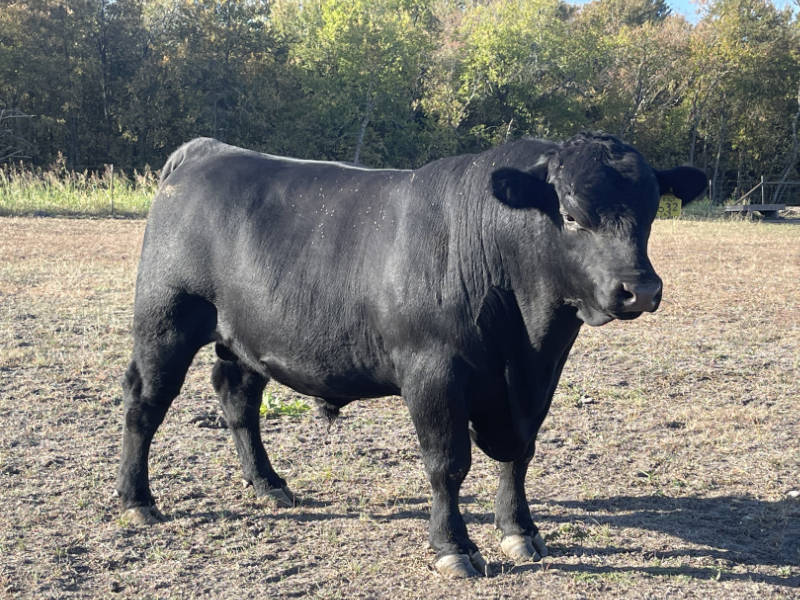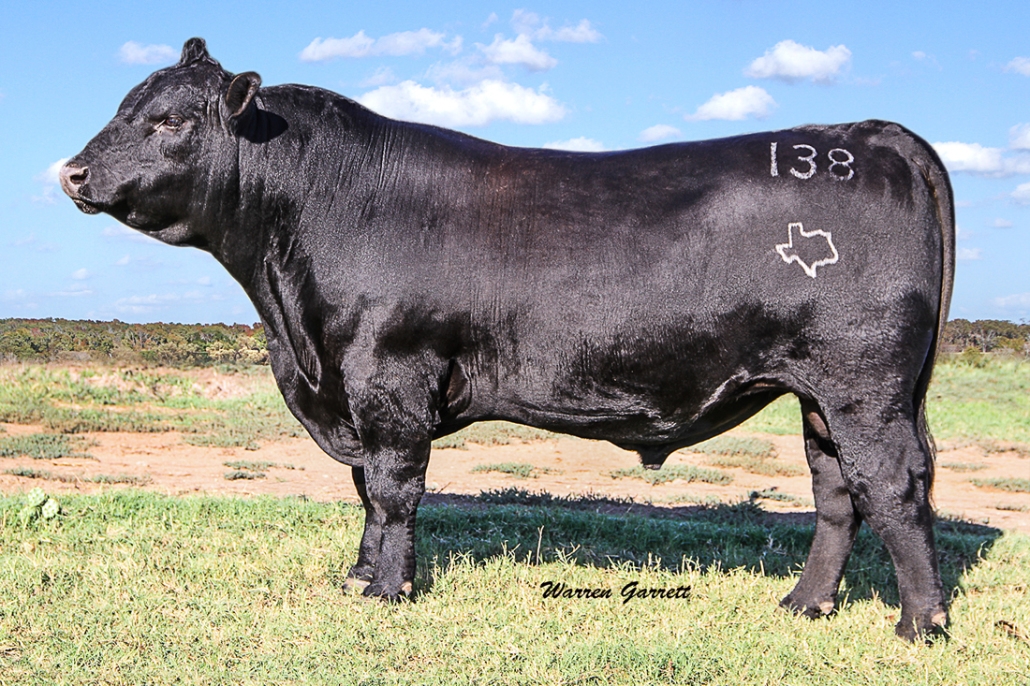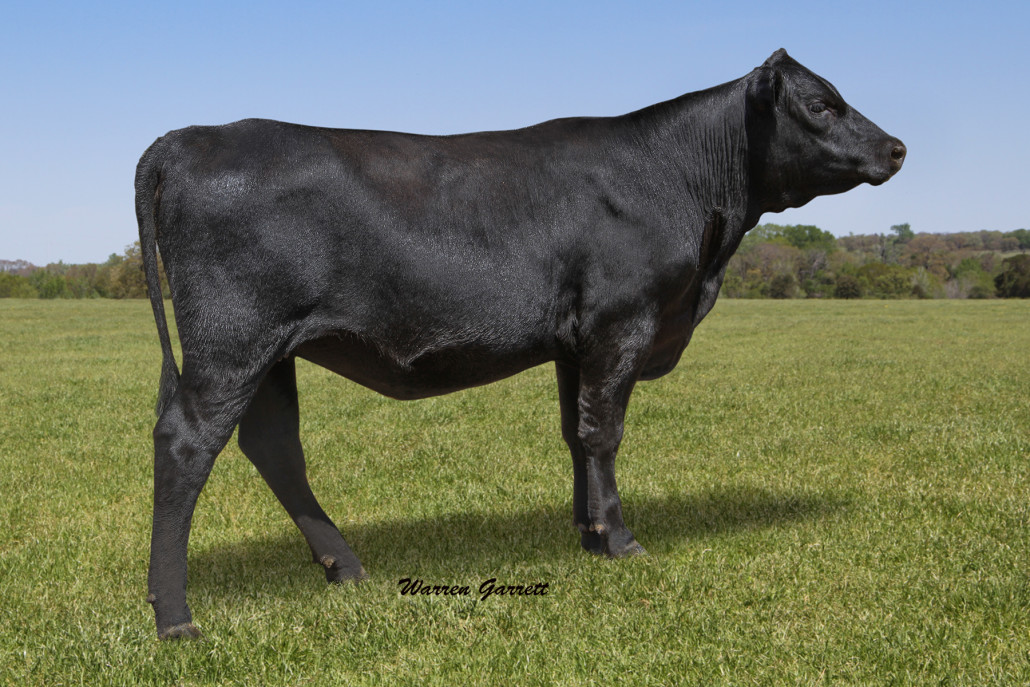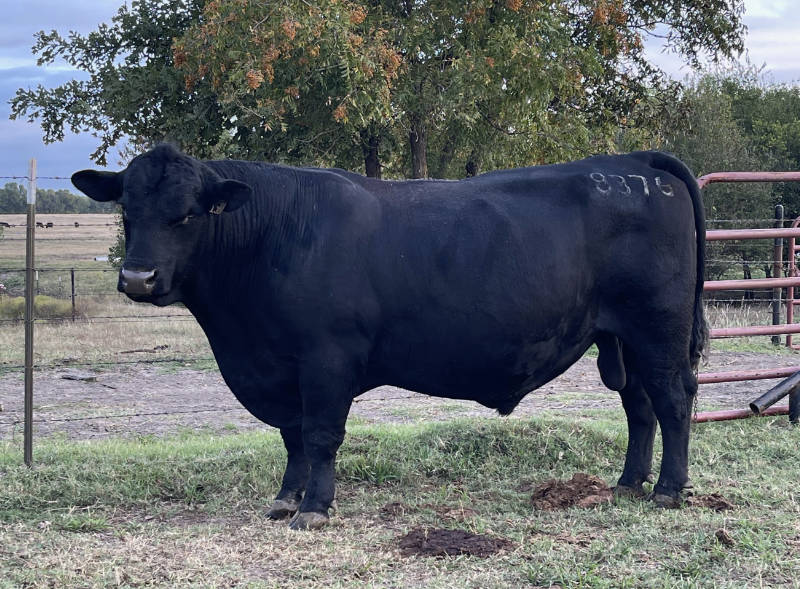History of the Angus Breed
Angus cattle originated from Scotland. Their original name, still used in many countries around the world, is Aberdeen Angus, because they were first bred as purebred animals in Aberdeenshire and Angusshire, two counties in rugged northern Scotland.
Records of the polled (naturally hornless) ancestors of the modern Angus breed date back to 600 A.D. Farmers in Scotland began keeping records of ancestry in their herds about 1800, and the first Herd Book of Angus was published in 1862. All of the purebred Angus in the world today can be traced back to those recorded in the early Scottish Angus herd books.
The first Angus cattle were brought to the United States in 1873 by George Grant, who established an agricultural development near Victoria, Kansas. The first bulls were used to breed native Longhorn cows. The offspring created a sensation at the Kansas City Stockyards. They were so superior and produced such high quality beef that Angus were soon imported by the thousands. Plan your future in the cattle business, and be sure it includes Angus — the breed with a rich history that is preferred by farmers and ranchers, feeders, packers and consumers. (from AAA.org)
How do I select a Herd Bull for my cows?
Herd bulls are one of the most important aspects of the breeding herd because without a bull, cows (and heifers) cannot produce calves. Selecting a good herd bull is based on many factors, including the goal to improve your herd if you wish to keep replacement females.


Terminal – for weight
Maternal – For quality
Rotational – for both & crossbreeding
What type of bull do I need?
There are 3 types of Bulls you must decide between:
- Terminal – a bull that is used to increase weights and growth in calves (higher yearling numbers, good REA and marbling numbers, etc.), and is used only if you wish to sell all of your calves as feeders.
- Maternal – a bull that is used for producing replacements. The qualities of this type of bull should be less on increasing weights and growth and more on improving the quality of your herd in terms of mothering ability, milking ability, calving ease, and calf vigour.
- Rotational – a bull that is suitable both as one for maternal traits and for producing calves for the meat market. Also one that can be used for cross-breeding.
Does breed, pedigree or whether it’s registered really matter when buying a bull?
It is best to buy a purebred bull instead of a cross-bred one because you have a higher chance of getting a more uniform calf herd than one that seems to be all over the map.
Put simply, the impact of your bull purchase decisions to your future herd performance is so important that it is simply not worth the risk of buying a bull of unknown genetic background and quality.




Why do I need a Registered Angus bull or Angus cow?
Cattle producers admire Angus for their genetic ability to improve the value of commercial cattle. Each year thousands of registered Angus bulls are purchased to use in commercial cow herds. Angus bulls, even when mated to cows of other breeds or crossbred cows, produce fewer calving problems than any other beef breed. There are some Angus bulls that should not be used on first-calf heifers, but for the most part, Angus cattle mean ease at calving. Cattlemen know that calving ease means more live calves and faster rebreeding after calving.
Also, their dark skin greatly reduces eye problems such as cancer eye. Nearly every calf sired by an Angus bull has dark skin even though the hair growing out of it may be white. The dark skin is far less susceptible to cancer eye, and with subsequent Angus crosses, cancer eye can be virtually eliminated. There are no sunburned or snow burned udders with black Angus cows either.
The American Angus Association was the first beef breed to identify its product and market it to the consuming public. Certified Angus Beef LLC (CAB) was developed in 1978, and today CAB is spanning the globe as the largest branded beef program in the world.
Before a carcass qualifies as a Certified Angus Beef ® product, it must meet certain specifications. The live animal must be predominantly black with typical beef-type conformation and no dairy characteristics or evidence of Brahman influence. The carcass must have an average Choice or higher marbling degree, be “A” maturity (9 to 30 months of age), score Yield Grade 3 or leaner and exhibit medium to fine marbling texture. Premiums are often paid for cattle meeting CAB live specifications. (From aaa.org)
Can I use the same bull for cows and heifers?
If the bull is going to be used heavily on heifers, more importance should be put on calving ease. That’s a priority, where it might not be at the top of the list if you’re breeding him solely to older cows. Cattlemen need to consider the Calving Ease Direct (CED) EPD as much as the Birth Weight (BW) EPD because “it truly is a better indicator of the trait” they are trying to achieve. Calving ease takes into account birth weight, but it also accounts for things like gestation length.


